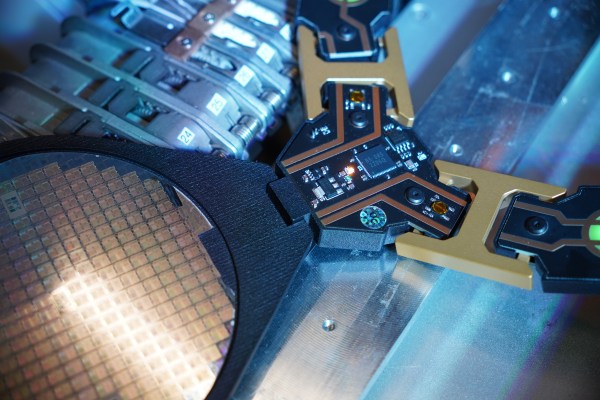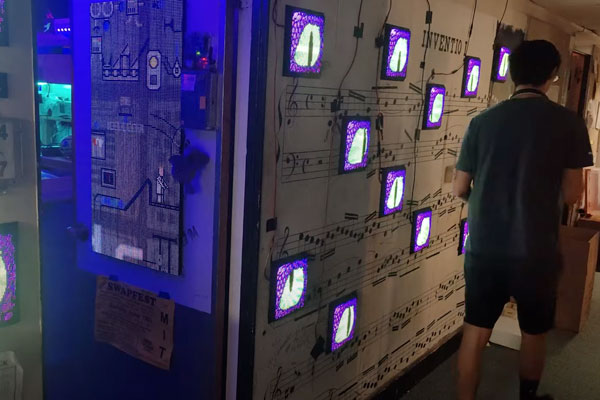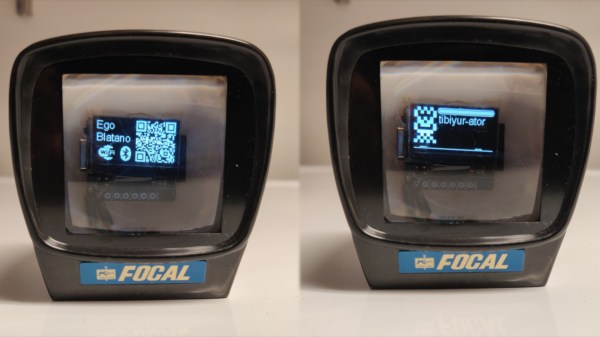Robots made of broken toy parts, stop-motion animation, and a great song to tie it all together were not on our bingo card for 2023, but the results are perfect. [Mootroidxproductions] recently released the official music video for I Fight Dragons 2019 song “Oh the Places You’ll Go”.
The song was written by lead vocalist [Brian Mazzaferri] with inspiration from the classic Dr. Seuss book. [Brian] wrote it for his newborn daughter, and we’re pretty sure it will hit any parent right in the feels.
[Mootroidxproductions] isn’t a parent themselves, but they expanded on the theme to create a video about sacrificing oneself to save a loved one. With a self deprecating wit, they take us through the process of turning broken Bionicle parts, bits of Gundam, Lego, and, armature wire to make the two robots in the film. He also explains how he converted garbage into sets, greebles, and lighting effects.
The robots had to be designed so that they could fulfill their roles in the film. From the size of their hands down to their individual walking gaits, he thought of everything. His encyclopedic knowledge of Bionicle parts is also on full display as he explains the origin of the major parts used to build “Little Blue” and “Sherman”
Click through the break for both the main video and the behind-the-scenes production.
Continue reading “Oh, The Places You’ll Go With Stop Motion Animation” →




















